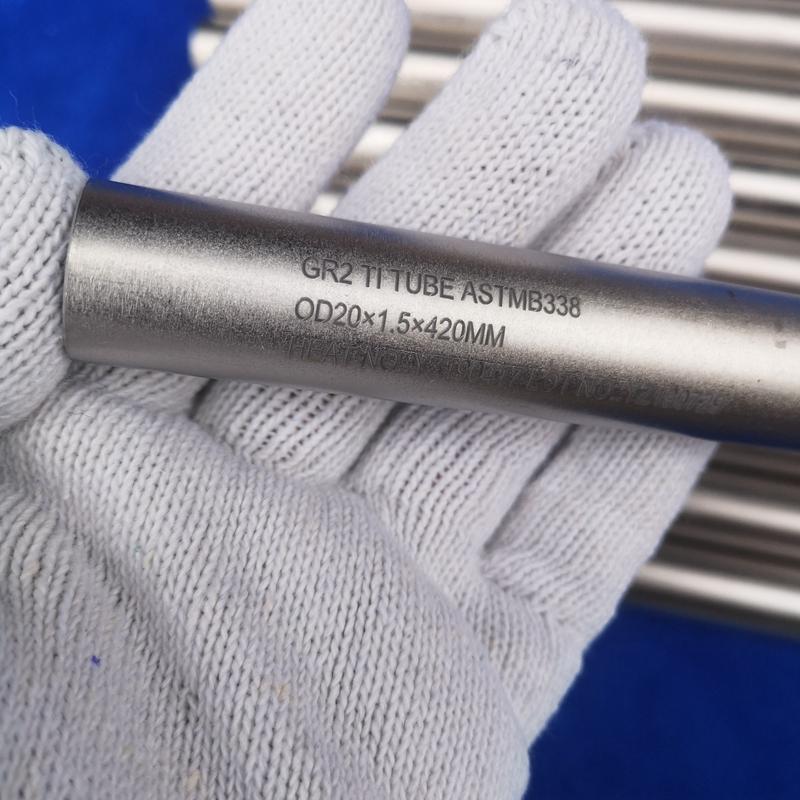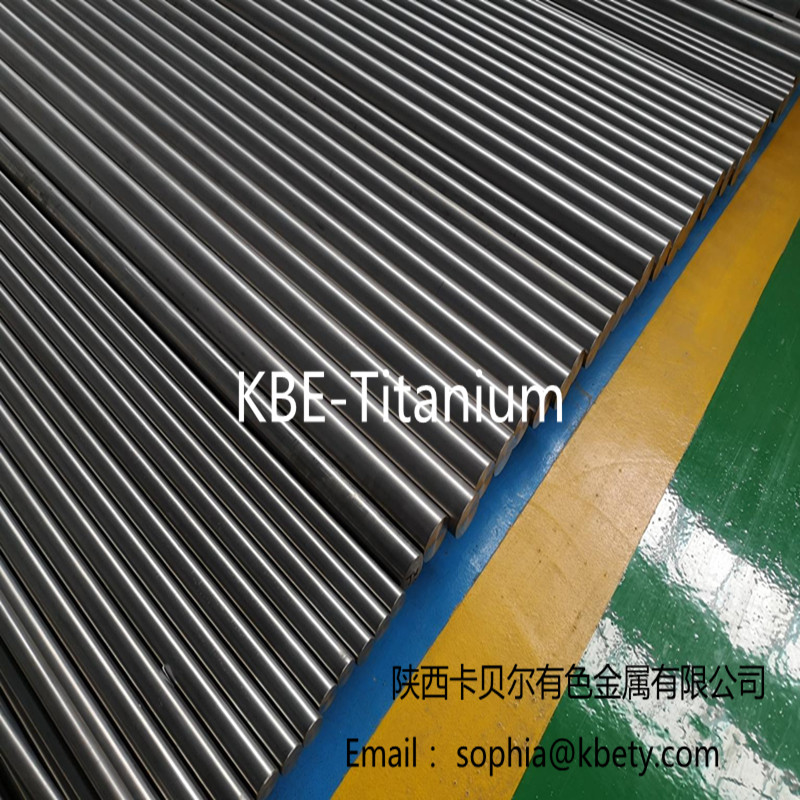Characteristics and heat treatment process of TC4 titanium rod, TC11 titanium rod and titanium alloy rod |

Titanium is very stable in the air at room temperature. When heated to 400 ~ 550℃, a solid oxide film is formed on the surface to prevent further oxidation. Titanium absorption of oxygen, nitrogen, hydrogen is very strong, this kind of gas is very harmful to the metal titanium impurities, even if the content is very small (0.01% ~ 0.005%) can also seriously affect its mechanical properties. Among the titanium compounds, titanium dioxide (TiO2) has the most practical value. Ti02 is inert and non-toxic to human body. It has a series of excellent optical properties. Ti02 is opaque, high gloss and whiteness, refractive index and scattering force, strong hiding power, good dispersion, made of pigment for white powder, commonly known as titanium white, widely used. The appearance of titanium rod is very similar to steel, with a density of 4.51 g/cm 3, less than 60% of steel, which is the lowest density of metal elements in refractory metals. The mechanical properties of titanium, known as mechanical properties, are closely related to purity. High purity titanium has excellent machining performance, good elongation and reduction of section, but low strength, not suitable for structural materials. Industrial pure titanium contains proper amount of impurities, has high strength and plasticity, suitable for making structural materials. 
There are three heat treatment processes for titanium rod and titanium alloy rod: 1. Solution treatment and aging: In order to improve their strength, α titanium alloys and stable β titanium alloys cannot undergo intensive heat treatment, only annealing in production. α+β titanium alloys and metastable β titanium alloys containing a small amount of α phase can be further strengthened by solution treatment and aging. 2, stress relief annealing: The purpose is to eliminate or reduce residual stress generated in the process of machining. Protects against chemical erosion and reduces deformation in some corrosive environments. 3, complete annealing: The purpose is to obtain good toughness, improve machining performance, facilitate reprocessing and improve size and structure stability. |
